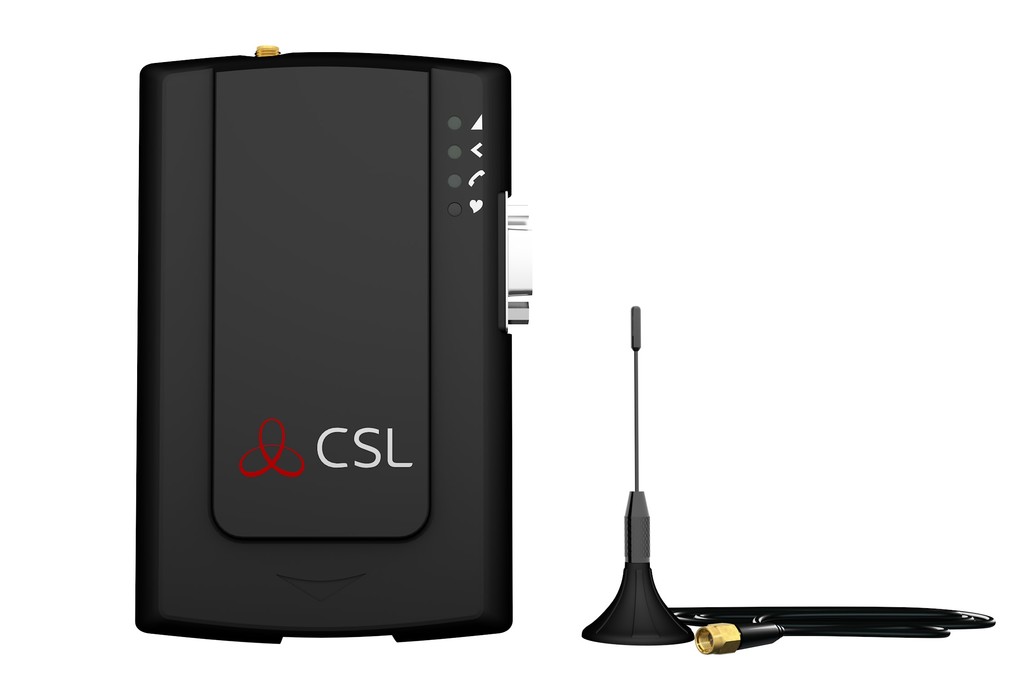
By the end of January 2027, the Public Switched Telephone Network (PSTN) will be switched off. Yet millions of lines still need to be switched over to digital alternatives. This is important for every user of traditional landlines and voice services, but it is particularly pressing for critical applications.
 CSL provides managed connectivity solutions that support critical applications and is seeing progress. Joe Sheppard, the company’s head of marketing (pictured right), explained that upgrades are now “ramping up”.
CSL provides managed connectivity solutions that support critical applications and is seeing progress. Joe Sheppard, the company’s head of marketing (pictured right), explained that upgrades are now “ramping up”.
He added, “If you’re dealing with critical applications, the longer you leave it, the more risk you’re creating in your area of responsibility.”
Sheppard cautioned that some upgrades will take time to plan and execute, so it is advisable that organisations get help now. “There’s so many factors in terms of upgrading, which means it’s not always as simple as just switching over. It needs to be scheduled, there’s a lack of engineer resources across many sectors, and, if everyone is scrambling to get equipment, then manufacturers may not have enough stock available.
“We’re pretty good at keeping pace as demand picks up, but still there are logistics and shipping timelines we need to account for. We’ve been talking about this urgency for a while, but it needs to speed up now.”
One area where CSL’s expertise is in demand is in the emergency phoneline space. These are in use across all corners of the UK – from petrol stations to airports or water reservoirs – and every emergency phone running on the PSTN will need to be upgraded.
Bridging the old and new
CSL has developed VoiceLink as a way to manage those upgrades without needing to replace the whole unit. This relatively small device has a battery backup and antenna included. It is designed to bridge the move from an analogue to digital phoneline. VoiceLink (pictured below) can be plugged into the emergency phoneline, and calls will be converted from PSTN into 4G VoLTE, with no reprogramming of existing equipment needed.

The solution for this particular use case is ready to go but the difficulty, Sheppard said, will come from ensuring every phoneline is accounted for ahead of the deadline.
He explained, “People need to do an audit to check where these emergency phones are, and to establish who is responsible for making sure they are working.”
Given the location of some emergency phonelines, whether in a remote area or deep within buildings, some additional measures might be needed to ensure the device can run on 4G.
Sheppard said, “Some of these sites are in areas without great mobile network signal. That is a challenge, but we’ve got various tools that can help. We have a signal analyser which allows us to find the best location to install the product, we can use roaming SIMs to find the best signal, we can place aerials externally and improve the coverage indoors.
“There is also a lot of ongoing investment going into 4G networks so we’re confident that, in most areas, there will be coverage from at least one of the networks. And the Shared Rural Network will also make a difference.”
The development of the satellite connectivity market is also opening new possibilities. Sheppard explained, “In the small areas where there are gaps, we are now delivering satellite connectivity. This is still in its infancy, so it’s not yet as cost effective as other solutions, but it is helping us to fill the gaps.”
Getting orders placed
The company is ready to help organisations upgrade to the new solutions that are available. Sheppard’s concern is the need to build momentum so that upgrades are happening throughout the next two years, instead of a backlog towards the end.
He said, “The challenge will be project management. Where do I start? What do I need to do? We can help organisations do an audit so they can break it down. That might mean upgrading some lines this month and another batch next month. It’s about getting those orders placed and trying to get ahead to make it as smooth as possible.”
“The other challenge is the engineer resource. Our solution for emergency phones doesn’t require any advanced training or knowledge – it’s very simple to install. But you still need someone who knows enough about it, or who can go to the site to make those changes.
“Local authorities or local councils, or whoever might be responsible, might not have engineering teams because some of these systems are very old. They might need to find an engineering company or an installer to help them.”
Switchover is underway
Sheppard discussed the reality that, whilst the final deadline has shifted, time is still ticking away.
He emphasised, “Whilst that’s the final deadline, it’s not like we’re all getting everything ready and then, on that day, we switch it off. Things are being switched over every day. And everything needs to be done by that deadline.”
He added that he is hopeful we will find ourselves towards the end of 2026 with “everything pretty much done”. But that might not happen given questions are still coming up on whether the deadline might be extended again.
Sheppard said, “Even if that were to happen, it would only apply to those real edge cases where the upgrade is complex. And it will vary by location too: plenty of switchovers are due for completion somewhere between now and January 2027.”
There is no time to delay, upgrades must start happening now.
This article was included in our October 2024 print issue. You can read the magazine in full here.
